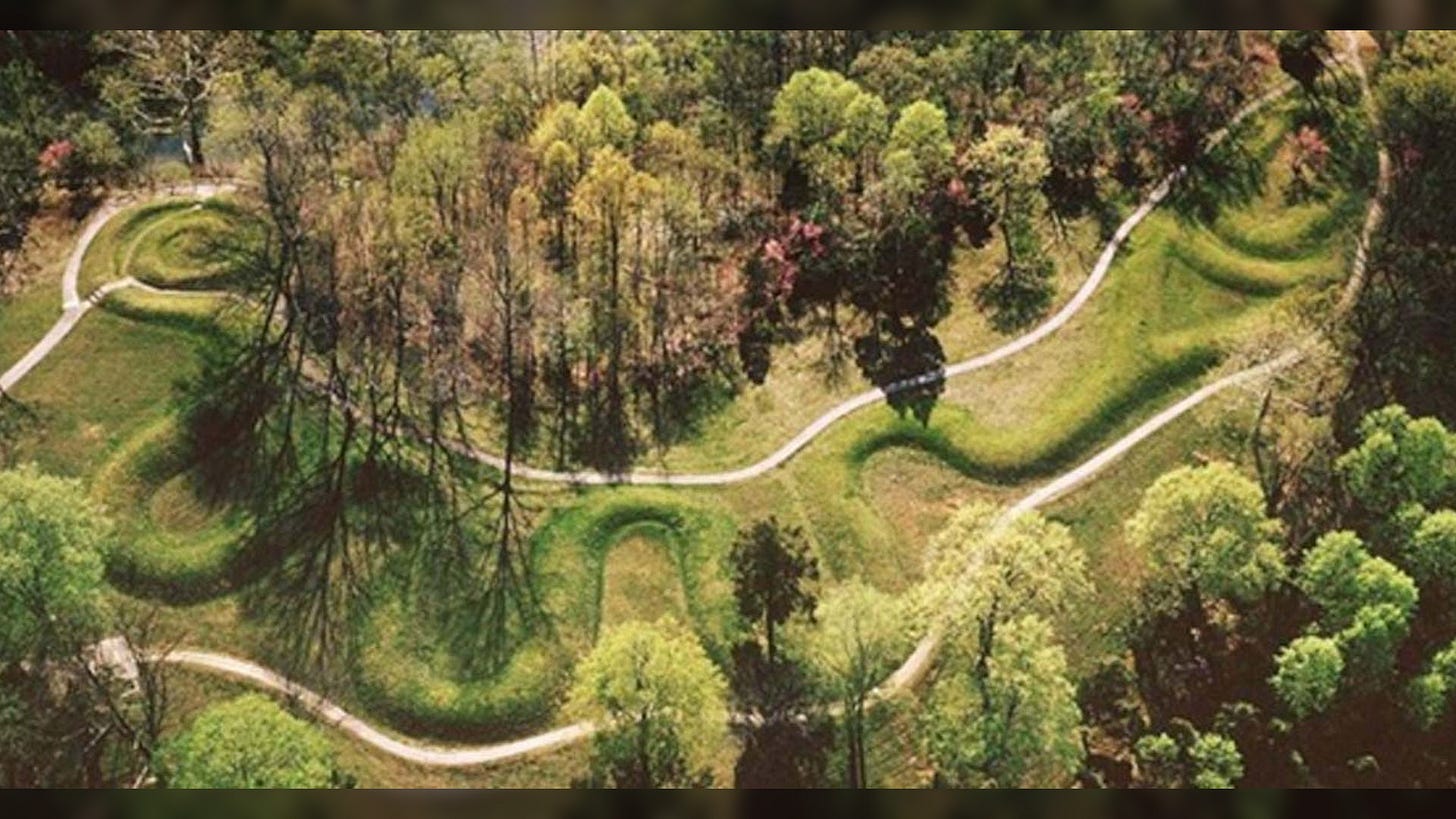Ancient Secrets of Serpent Mound
Exploring Ancient Ohio: Part 1
How in the world had I not yet been to Serpent Mound? I’m a native Ohioan and have long been interested in ancient history, especially the more mysterious and esoteric kind, yet I had never made the trek down to that part of the southern part of the state to explore what is considered the largest serpent effigy in the world at some 1,348 feet long. Last week, with Kate in town to visit, that journey was finally made – albeit it was pouring rain nearly the entire three-and-a-half-hour drive. We love our adventure, and this was certainly going to be a wet one. But a little two-day excursion to explore the more ancient sites of Ohio, including the Great Circle Earthworks as well (I’ll cover that in Part 2), started off with something that was truly fascinating to behold.
Long before we arrived at one of the most enigmatic locations of the country that is nestled right in the middle of a 300-million-year-old impact crater, Kate suggested we ought to try to see how powerful we are and put it out there to the Universe for the rain to stop by the time we started exploring the site. It’s amazing what one can manifest. Sure enough, when we walked up to the spiraling tail of the serpent the rain ceased. What a way to start an adventure! (You can watch the video breakdown at Serpent Mound in the “Ancient Secrets of America” video below.)
The Serpent Mound is attributed by traditional academics to the Adena culture that flourished from 800 B.C. to A.D. 100 since there are nearby burial mounds from the Adena during that time frame. However, when Harvard University archaeologist Frederic Ward Putnam excavated Serpent Mound in the late 1800s, he found no artifacts within the mound structure that would provide researchers with material to assign the construction of the Serpent to a particular culture. Conflicting research since then has placed Serpent Mound at a variety of ages, thus, we really have no idea who built it. It could be far older than the nearby burial mounds.
What we do know is the entire structure is astronomically aligned. Each of the body’s curves point to a different sunrise at important points of the year: the winter solstice sunrise, the equinox sunrise, and the summer solstice sunrise. Additionally, the head of the snake is pointed toward the summer solstice sunset while the spiraled tail is at a position of true north at the site. The architects very carefully planned out this site, and those alignments alone might be enough to satiate the average visitor of the National Historic Landmark. There is so much more symbolism involved with the site, and the Serpent is currently missing the stones which were originally a part of the effigy. Let’s dig deeper into this…
Keep reading with a 7-day free trial
Subscribe to Mike Ricksecker's Connected Universe to keep reading this post and get 7 days of free access to the full post archives.


